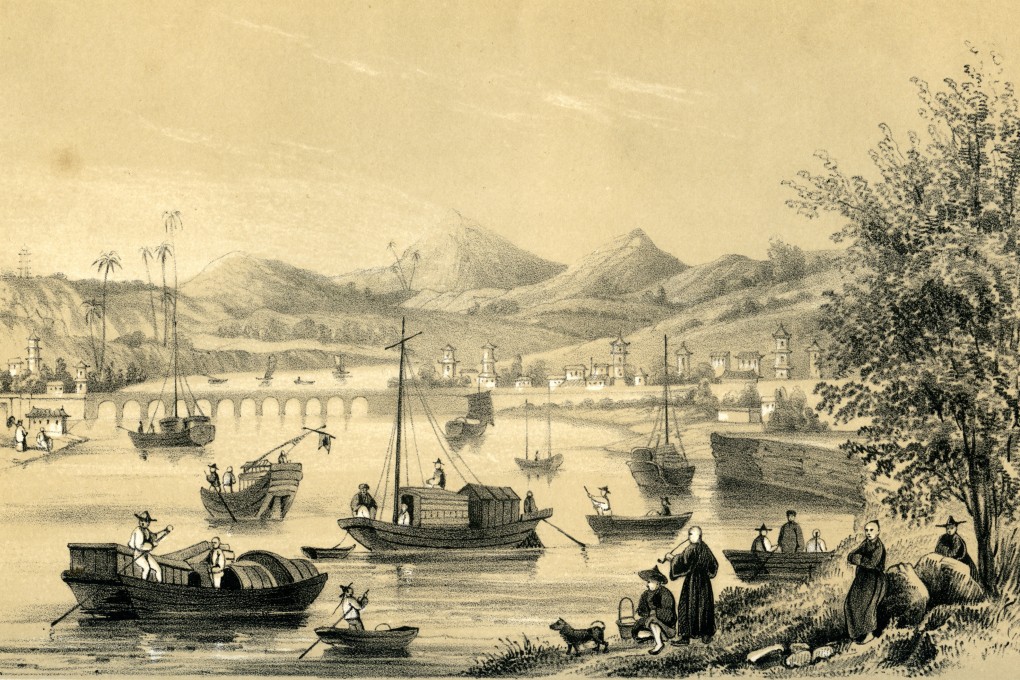Then & Now | The Chinese families who hid past inter-ethnic mixing, and as a result forgot their own heritage
- Children in traditional Chinese families soon learned not to ask why Third Auntie had a pointy nose or Second Uncle looked curiously Malay or Filipino
- The cloak of silence thrown over their inter-ethnic heritage by such families didn’t apply in Southeast Asia, and nor did it in many Eurasian families

In recent decades, much has been written – both by themselves and (mostly academic) outsiders – about the evolution, development and near disappearance of Eurasian communities across maritime Asia’s former colonies.
From Anglo-Indians to Dutch Indos, Filipino Mestizos to Ceylonese Burghers, Hong Kong Eurasians to China Coast Portuguese, personal and family stories abound.
Many of these stories are interwoven within broader experiences that link geographically scattered, seemingly disparate and diverse lives in ways many community members would not have otherwise suspected.
Far less studied are the Eurasian origin stories and enduring family legacies of those whose ethnic difference was consciously downplayed and concealed – in plain sight, over several generations – within their own Asian families.

An enduring culture of silence enabled this loss of heritage. Children, especially within traditional Chinese families, learned early that being too curious about matters that – rightly or wrongly – were considered to be no concern of theirs was swiftly condemned.
When surrounded by a general code of observed silence, younger people merely accepted without comment that Third Auntie looked darker than the rest of her generation – and had a longer, pointier nose as well – or that Second Uncle had a curiously Malay or Filipino appearance: big eyes and hairy legs, perhaps, or some other distinctive feature that differentiated him from other relatives.

